How To Defrost & Thaw Chicken: 3 Fast Tips
How To Defrost & Thaw Chicken: 3 Fast Tips
Need to thaw chicken fast for tonight's dinner? No sweat. Thawing chicken safely and quickly isn't rocket science, but it does take a bit of know-how.
We've got the inside scoop on zapping those ice crystals without turning your chicken into a safety hazard. Whether you're prepping for a quick stir-fry or a savory bake, we’ll show you how to get from frozen solid to ready-to-cook in no time.
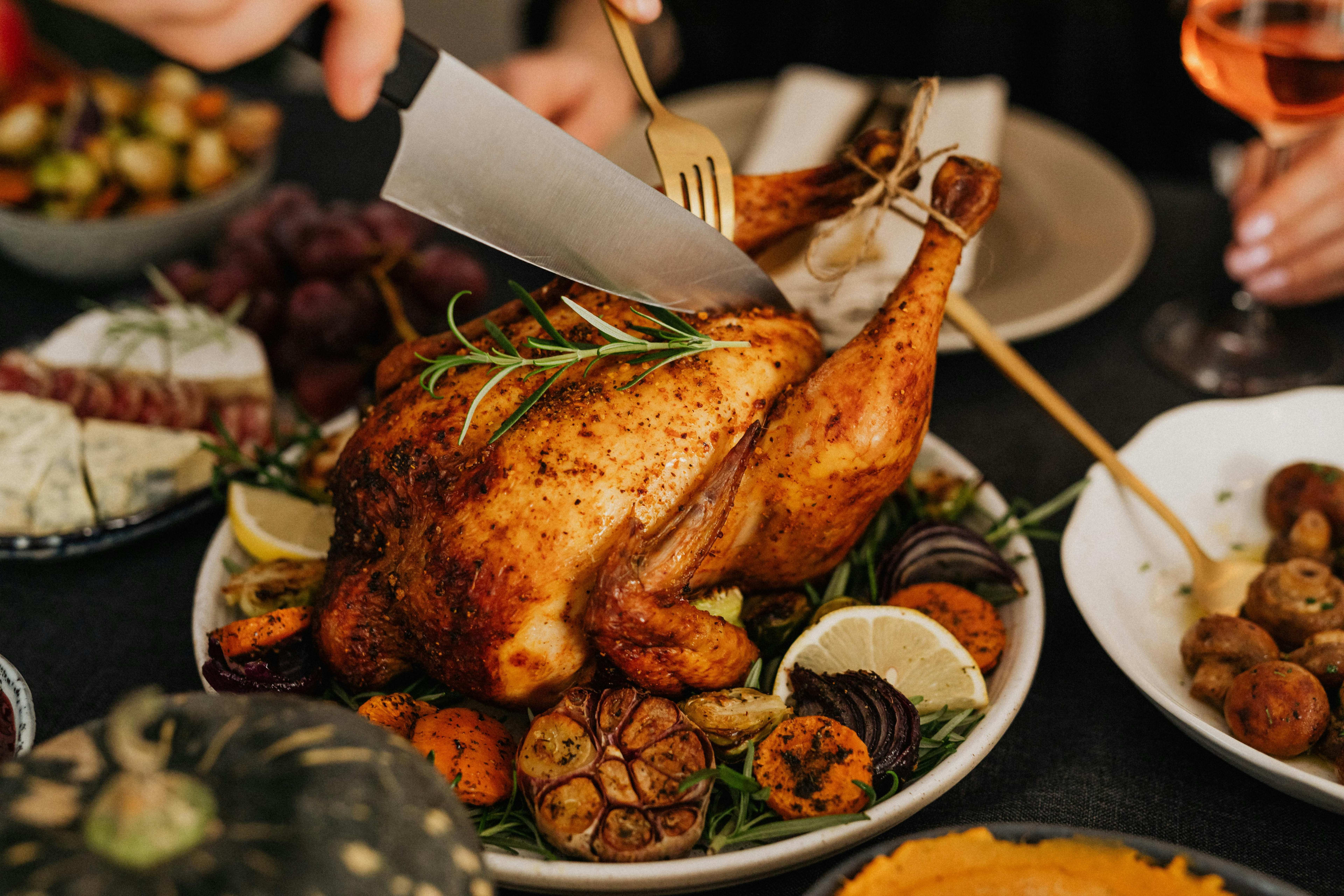
Why Is Proper Thawing Important?
First things first, why fuss with properly thawing chicken? It might seem like a small step, but the way you defrost chicken plays a huge role in the quality and safety of your meals.
Here’s why proper thawing really matters:
- Food safety: Safe thawing reduces the risk of bacterial growth. Chicken left to thaw at room temperature can become a breeding ground for bacteria.
- Cooking evenness: Uniformly thawed chicken cooks more evenly, preventing those disappointing raw or overly dry patches.
- Texture and taste: Gentle thawing preserves the chicken’s natural texture and flavor, ensuring your dishes are not only safe to eat but delicious, too.
Needless to say, taking the time to thaw chicken properly is a must if you want your meals to be safe, delicious, and perfectly cooked.
How Do I Thaw Chicken?
- Cold Water Thawing
Submerge your chicken in cold water. Keep it in a leak-proof bag and change the water every 30 minutes to keep it chilly. A small package might thaw in an hour or so, while a larger one could take a few hours.
- Microwave Thawing
Pressed for time? The microwave can be your friend. Use the defrost setting based on the weight of your chicken. Just be ready to cook it immediately after thawing because some areas might start to cook slightly during the process.
- Oven Thawing
If you're planning to cook your chicken in the oven, you can actually start with it still frozen. Just remember that cooking times will be about 50% longer than usual. Set your oven to a lower temperature to prevent the outside from drying out before the inside is done.
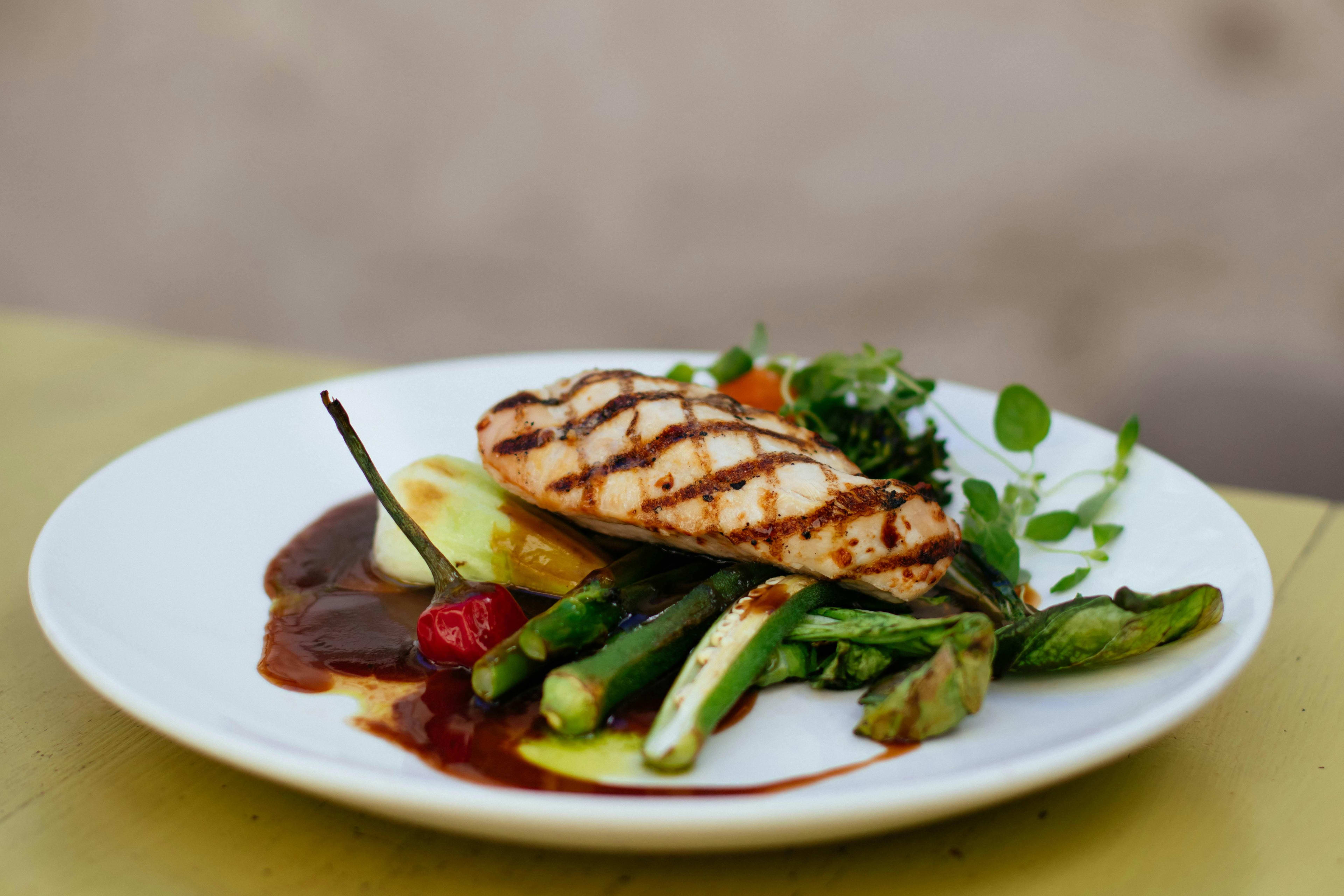
What’s the Best Way To Defrost Chicken if Time Isn’t an Issue?
We've covered the quick tips to thaw chicken safely when you're short on time, but what if you've got time on your side? If you're not in a hurry, the refrigerator method is hands-down the best way to defrost your chicken.
Here’s how to do it:
- Plan ahead: Move your chicken from the freezer to the fridge about 24 hours before you plan to cook it. Larger pieces or whole chickens might need up to 48 hours.
- Keep it cold: Make sure your refrigerator is set to a safe temperature, below 40°F (4°C), to keep the chicken safe from bacteria as it thaws.
- Use a tray: Place the chicken in a tray or dish to catch any juices that leak out. This keeps your refrigerator clean and prevents cross-contamination.
- Stay sealed: Keep the chicken in its original packaging or place it in a leak-proof bag. This prevents the chicken from absorbing any odors from the fridge and keeps it moist.
- Cook within a day or two: Once thawed, cook the chicken within one to two days for the best quality and safety.
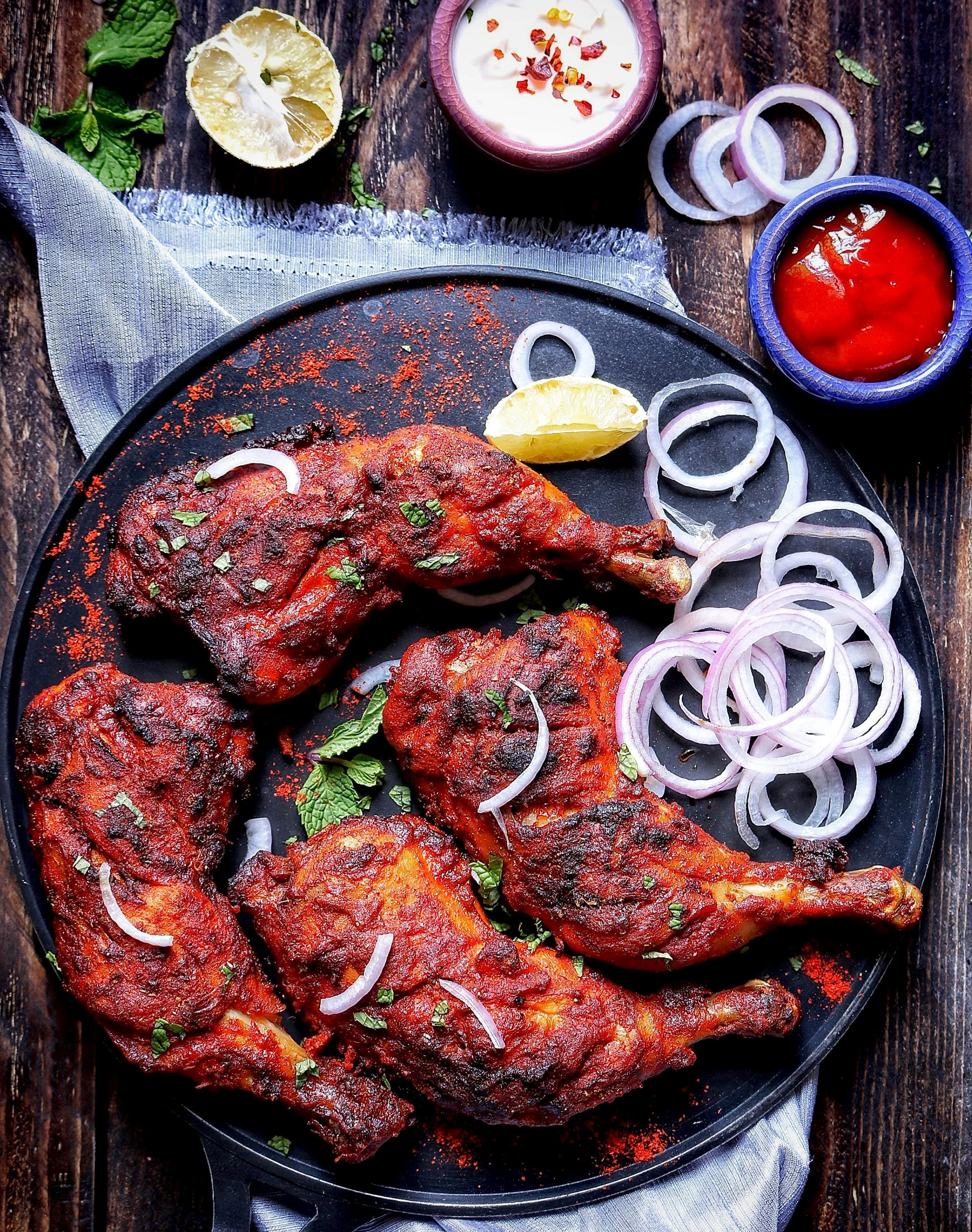
Can You Thaw Chicken on the Counter?
It might be tempting to leave the chicken out on the counter to thaw, but it’s really not a good idea. Thawing chicken at room temperature is risky business because it creates the perfect environment for bacteria to thrive.Bacteria grow rapidly at temperatures between 40°F and 140°F, and leaving chicken out on the counter can easily bring it into this danger zone. As parts of the chicken start to warm up while others are still thawing, it can lead to uneven temperatures, making some areas susceptible to bacterial growth—not good.
How Can You Tell if Your Chicken Hasn't Defrosted Properly?
You've followed the steps to thaw your chicken, but how can you tell if it's actually ready to hit the pan? Sometimes it's not so obvious.
Here are some telltale signs that your chicken may need a bit more time to defrost:
Uneven texture: If parts of the chicken are still hard or icy while others feel soft, it's a sign of uneven thawing.
Cold spots: Touch different parts of the chicken after defrosting, especially if you use the microwave. Any noticeably colder spots mean it isn’t evenly thawed.
Visible ice crystals: If there are still ice crystals or frost on the chicken or inside the package, it's not ready for cooking.
Excessive drippings: A little moisture is normal, but if your chicken is leaking a lot of liquid, it might have been thawed too quickly, affecting its texture and moisture retention when cooked.
If you encounter any of these issues, allowing the chicken more time to thaw in the refrigerator can help ensure it cooks evenly and tastes great. Proper thawing isn't just about food safety. It's also key to making your meal as delicious as possible.
What Can You Cook With Thawed Chicken?
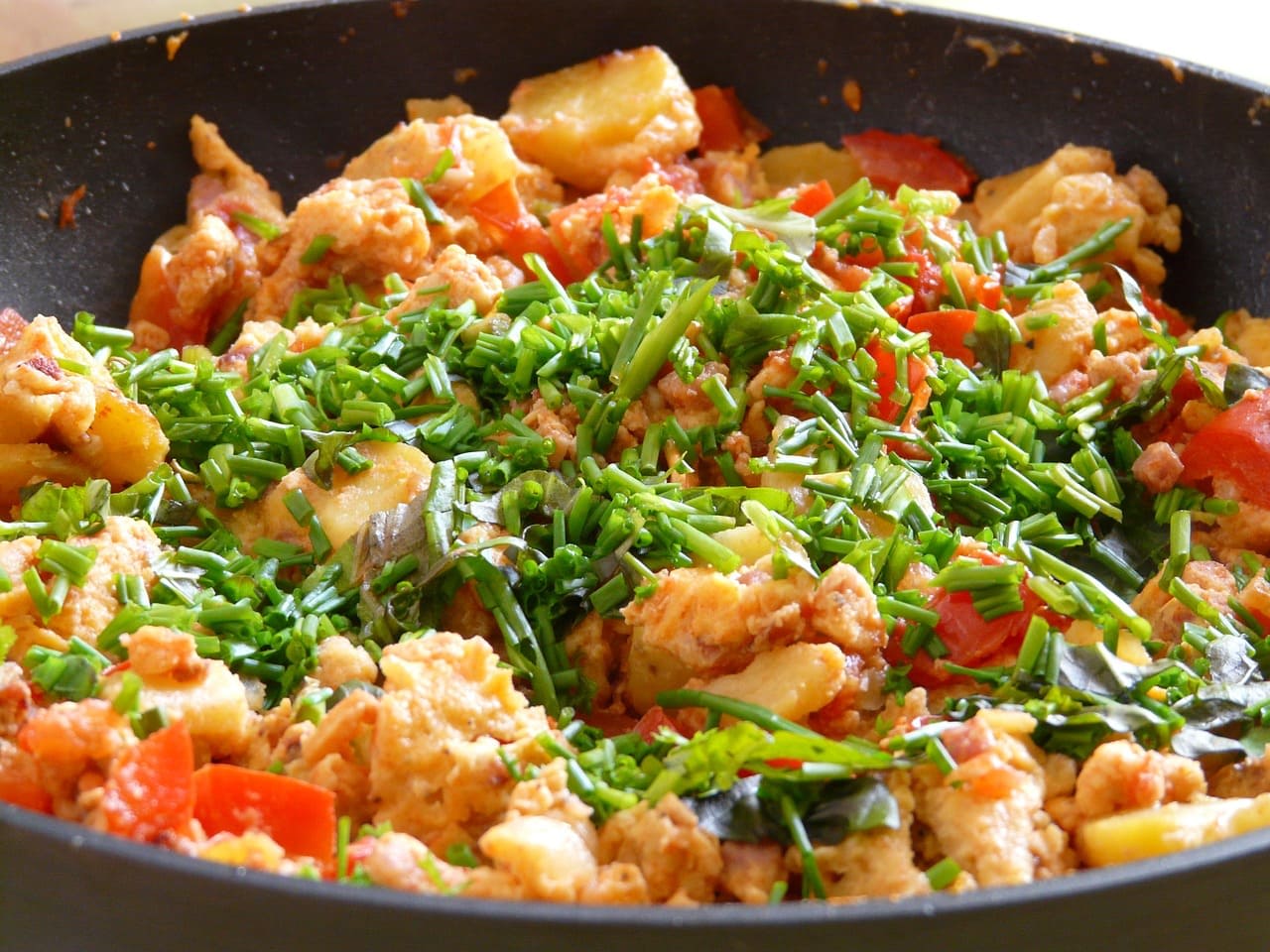
Grab your favorite veggies, some soy sauce, and your thawed chicken, and you're ready to make a stir-fry. It’s fast, customizable, and perfect for a busy weeknight. Just slice your chicken into strips, sauté with vegetables like bell peppers and broccoli, and finish with a splash of soy sauce and a drizzle of sesame oil for an Asian-inspired dish.
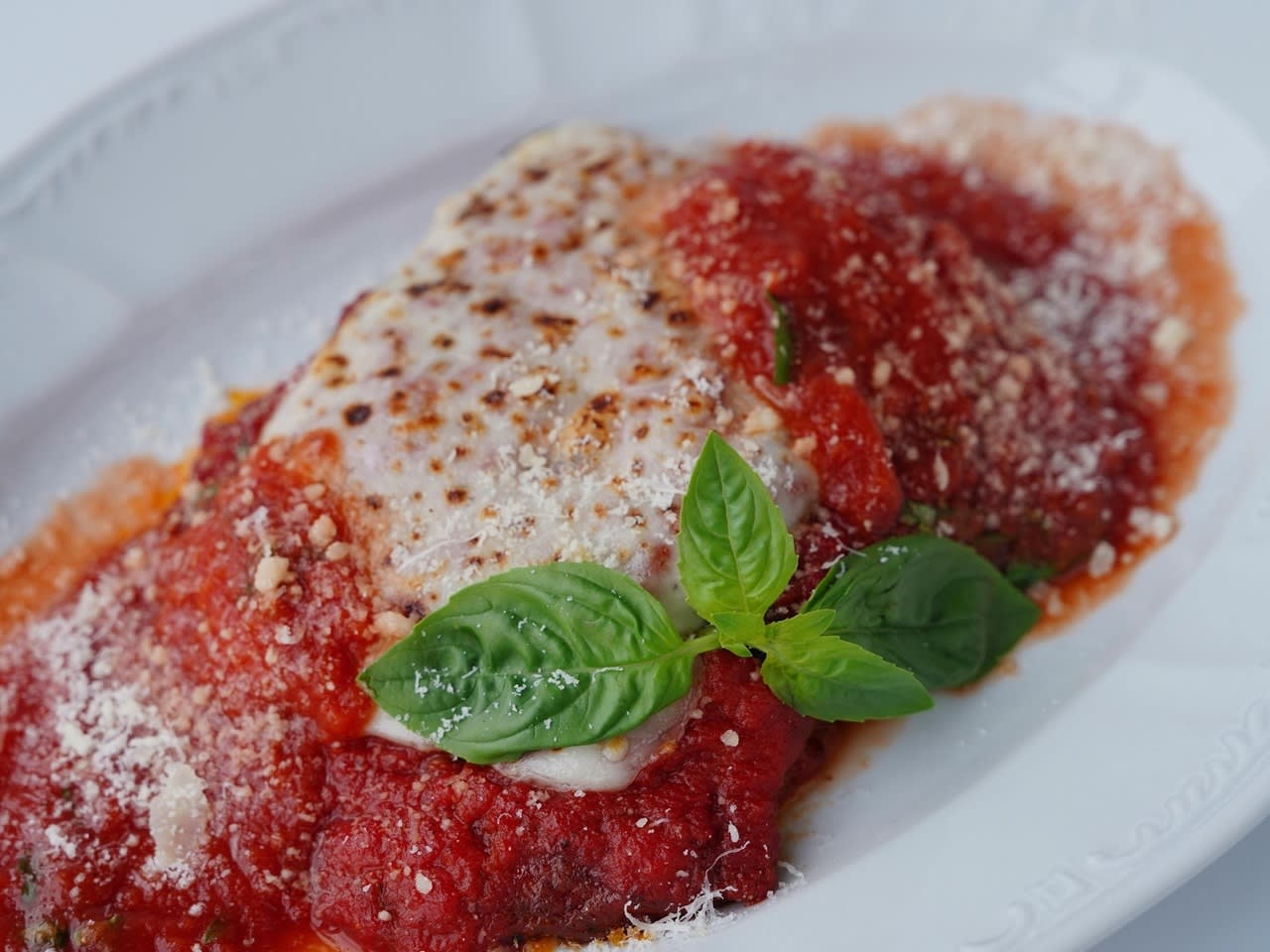
For a comforting meal, why not go for chicken Parmesan? Coat your chicken breasts in breadcrumbs, fry until golden, then top with marinara sauce and plenty of melted mozzarella cheese. Bake it until the cheese is bubbly and serve over spaghetti for a hearty meal that never disappoints.
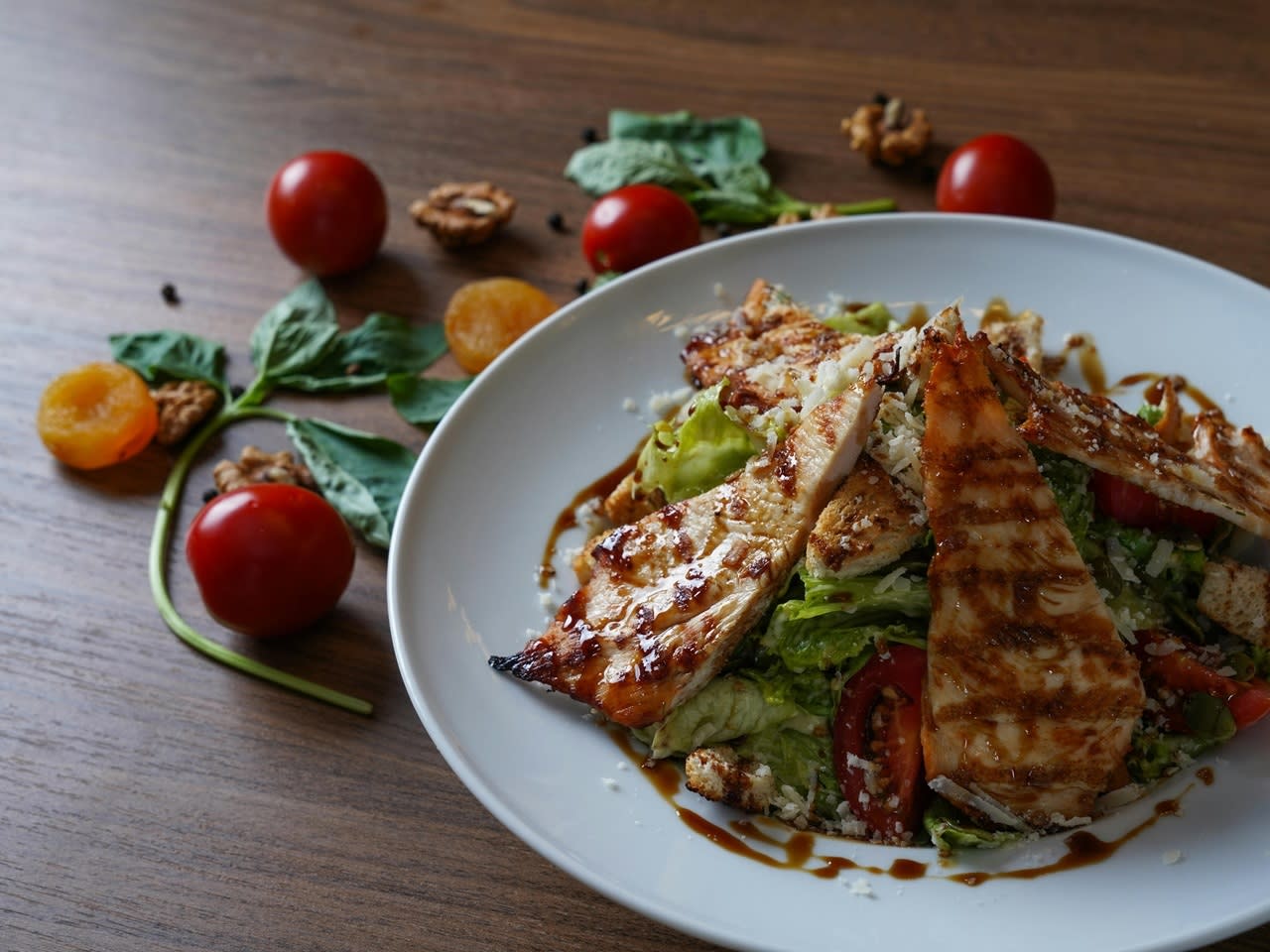
If you’re looking for something on the lighter side, a grilled chicken salad might be just the thing. Season your chicken breasts with salt, pepper, and your favorite herbs, grill them until they’re nicely charred, then slice and toss with a mix of fresh greens, nuts, and a vinaigrette for a refreshing and satisfying salad.
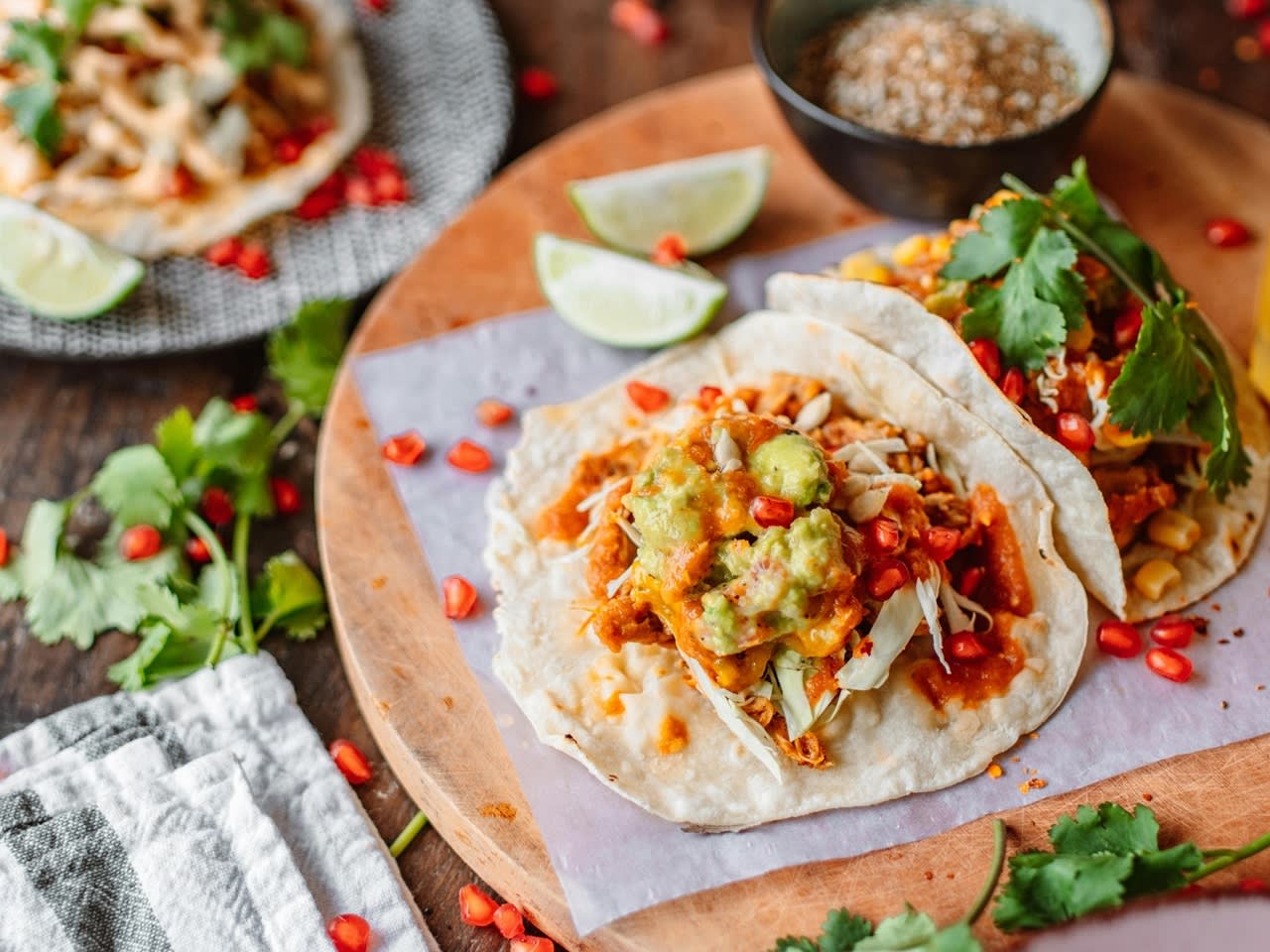
Thawed chicken is perfect for taco night. Shred the cooked chicken and marinate it with taco spices. Serve on warm tortillas with chopped onions, cilantro, and a squeeze of lime juice for a fun meal that everyone can customize at the table.

Use your thawed chicken to make a rich, aromatic curry. Simmer pieces of chicken in a sauce made from tomatoes, cream, and plenty of spices like cumin, coriander, and turmeric. Serve with rice or naan bread for a warming meal that’s packed with flavor.